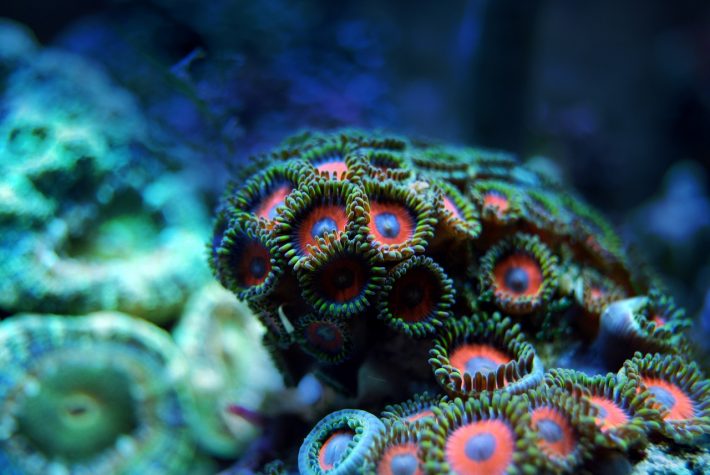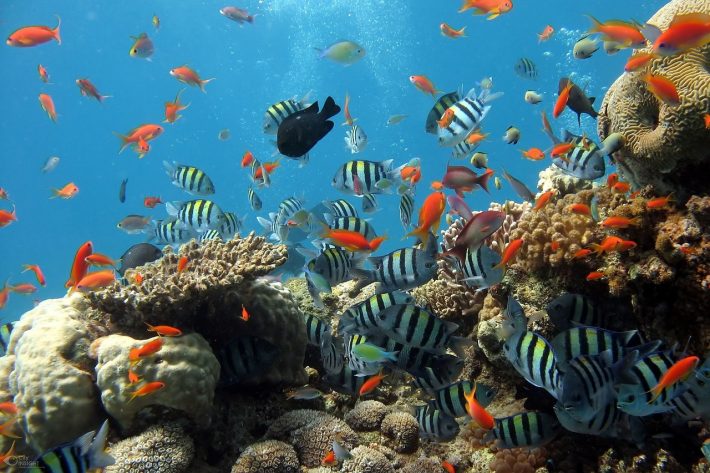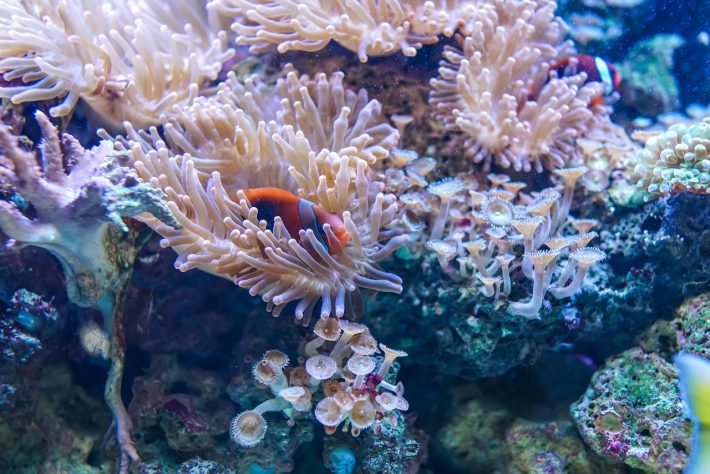An international team of scientists have developed a new approach based on hedging that enables practitioners to select the best coral species for reef restoration.

In their new Journal of Applied Ecology paper, scientists from the University of Hawai'i revealed a strategy for choosing sets of key coral species that will best maintain the ecosystem functions critical for reef health.
Coral reefs across the globe are rapidly disappearing due to a number of human-led causes, with global warming being the most damaging. As a result, the coral reef restoration industry has experienced massive growth in recent years.
Most reefs contain hundreds of stony coral species, however, resources for their restoration simply aren't enough to save them all. Until now, there were no methods for selecting which species would best maintain ecosystem function or species diversity.
Lead author Joshua Madin explained "Coral reefs provide heaps of ecosystem services, like coastal protection, or maintaining fisheries. But the benefit of reefs all depends on having a variety of species that all grow differently".

Some types of coral grow faster than others, they can grow in different shapes or different heights. All of these elements are vital to a reef functioning well, so restoration experts need to consider this range of species traits when restoring reefs. Just like forest restoration, reef restoration requires more than just fast growing species.
To address this issue, the team combined databases of coral species traits with their ecological characteristics, including thermal bleaching resistance. As a result, they would be able to select the best sets of species for restoration projects using a hedging approach.
What is a hedging approach?
Hedging – a term commonly used in investment – refers to the act of depleting one resource, to protect another, usually more valuable, resource. A good example of this would be buying home insurance. The yearly cost of insurance depletes your yearly earnings. However, the cost of restoring your home in the event of a fire, would cause a significantly greater loss of earnings compared to the cost of insurance. Therefore, despite the rarity of house fire's, it's a good idea to spend a small yearly amount on insurance, rather than risk spending your life's savings on rebuilding your house if it burnt down.
How can a hedging approach help coral reef restoration?
This hedging approach provides a simple framework for aiding restoration. Practitioners can select target species for their projects depending on spatial scale and resources, in a similar way to investors selecting investment portfolios.
"Selection of coral based on ecological characteristics is important for protecting against future species loss. Following that, selection based on trait diversity protects against the loss of some ecosystem services, and evolutionary variety," said Madin.

Senior author Madeleine van Oppen added "If a program can only focus on 20 coral species, they will want to pay more attention to the most ecologically beneficial ones". Van Oppen represents the University of Melbourne, Australia – a country depending on reefs for tourism. "Currently coral restoration programs tend to focus on easy to collect, 'weedy' coral species. Most have similar characteristics and cannot support ecosystem services on their own".
The hedging method can be applied to any reef with coral trait data available. If there is no data however, the study determined that selecting coral at random is the best option. "The extra effort required to choose a random species, which may include rare and difficult to find ones, will pay off by preserving ecosystem services that communities rely on," continued Van Oppen.
The new approach is already being applied to a hybrid reef programme in Hawai'i. The project aims to create a structure that provides habitat for corals, whilst simultaneously continuing coastal protection.
This article is adapted from University of Hawai'i press release.






